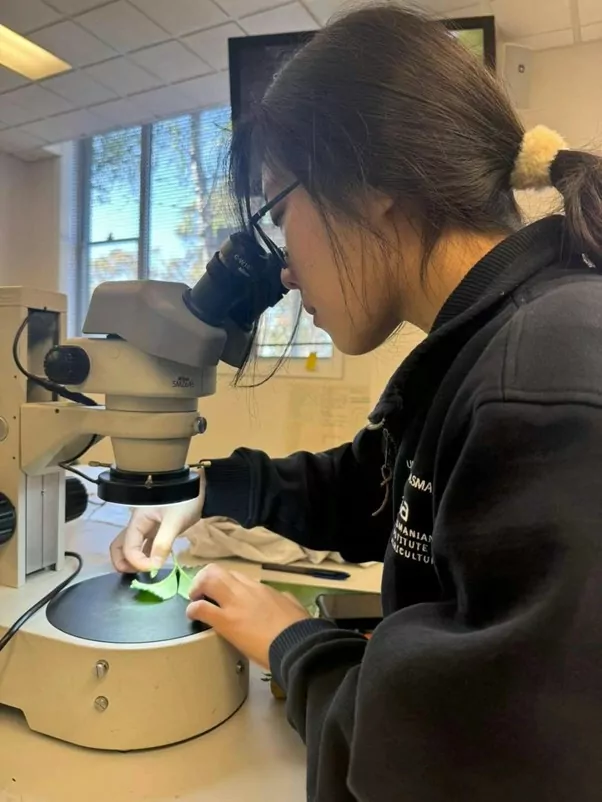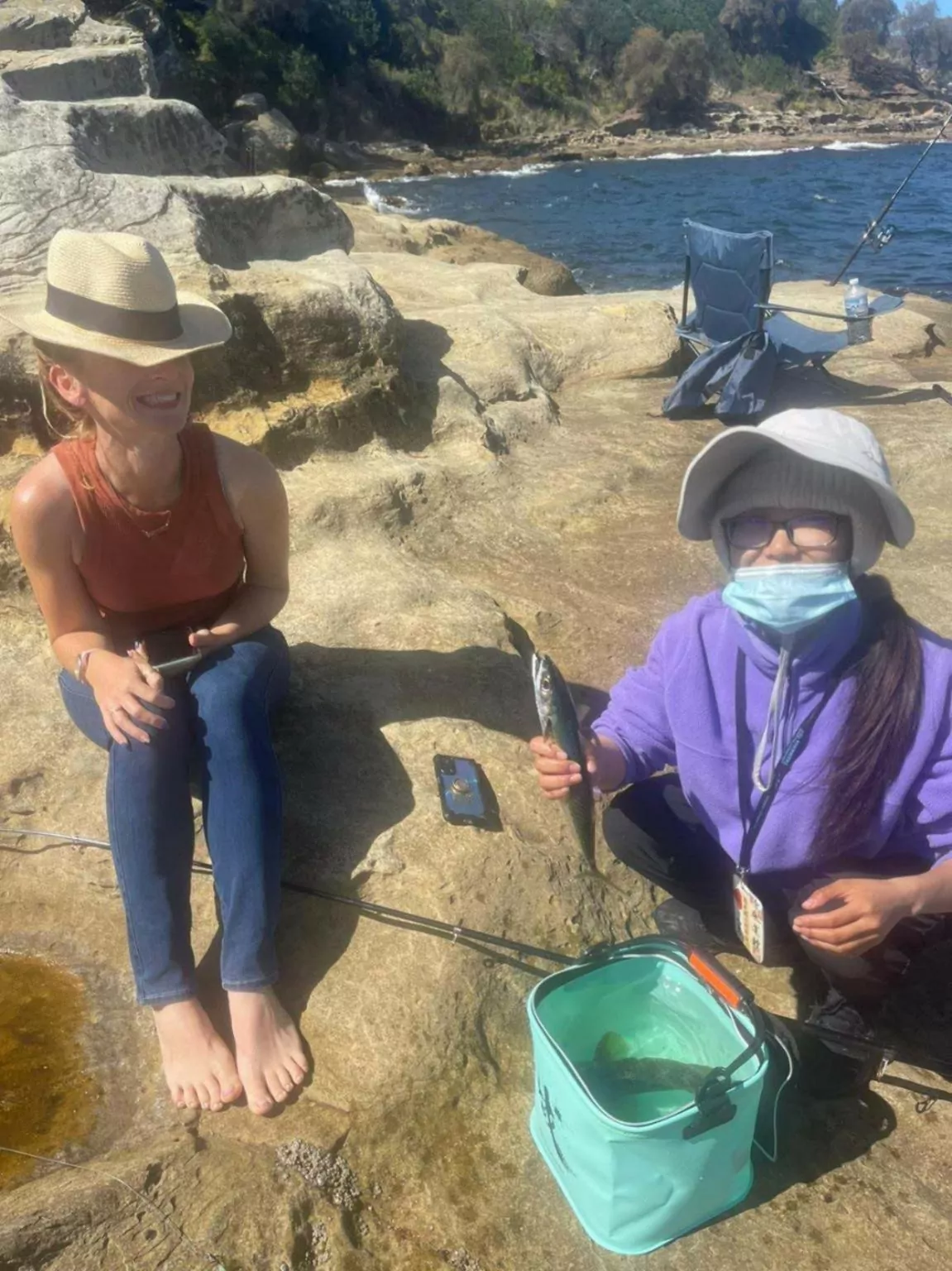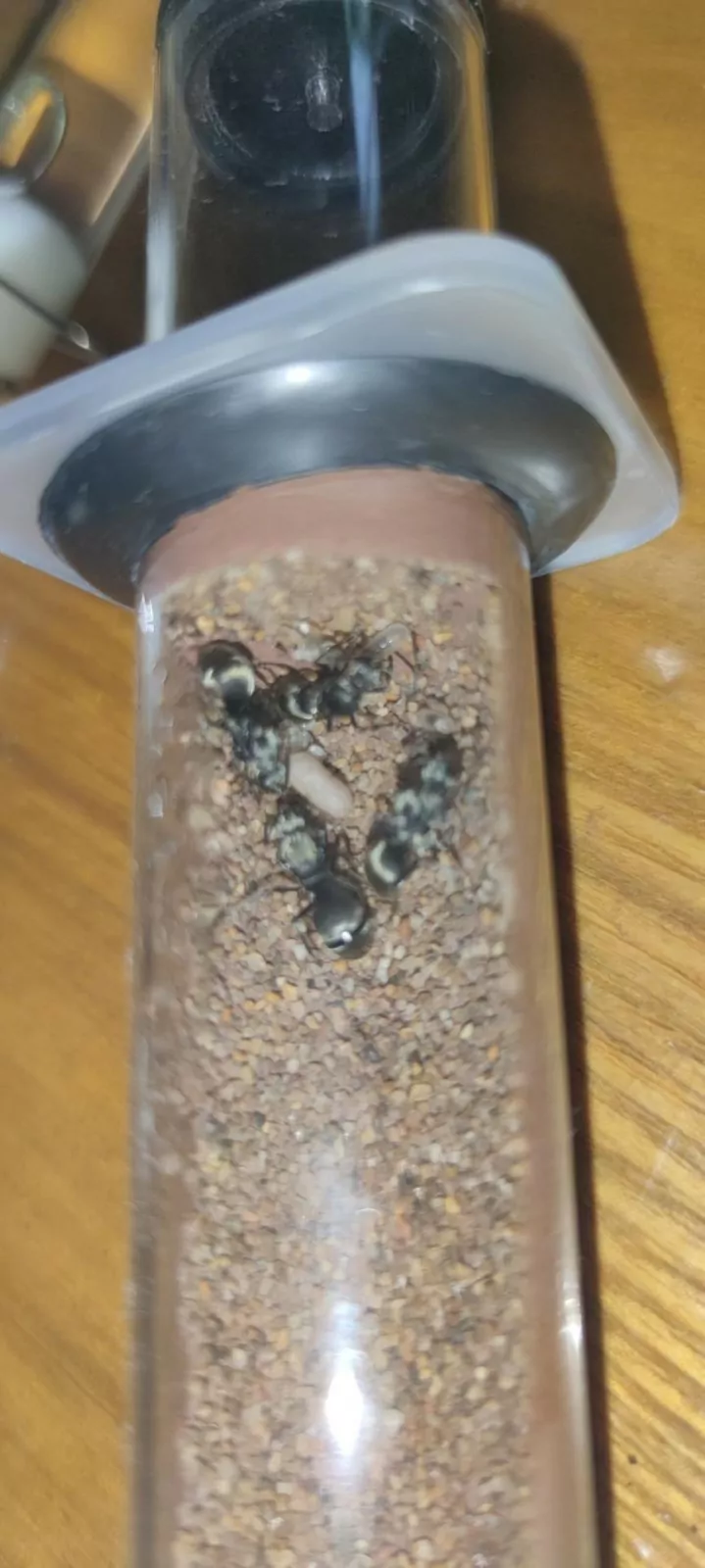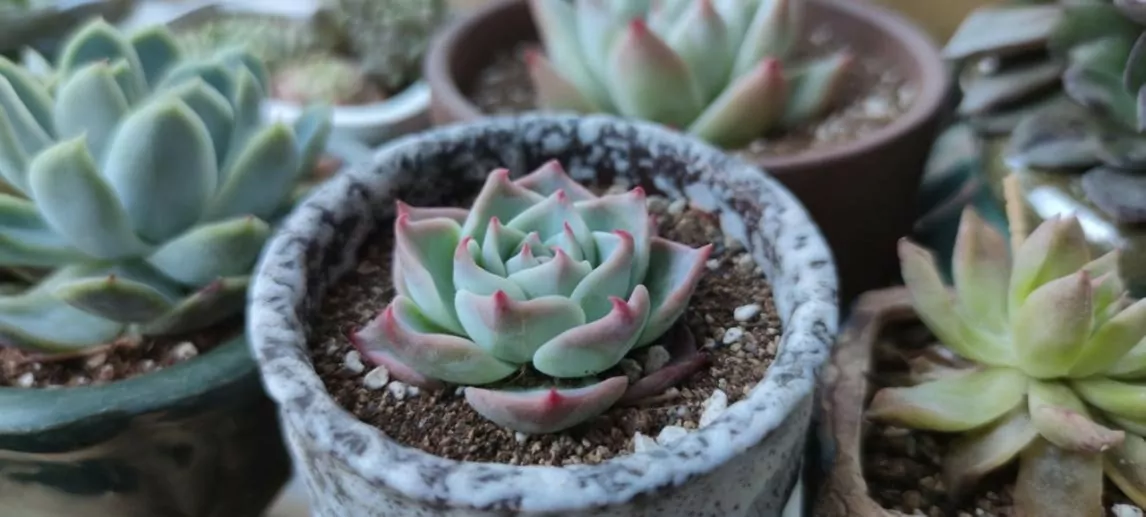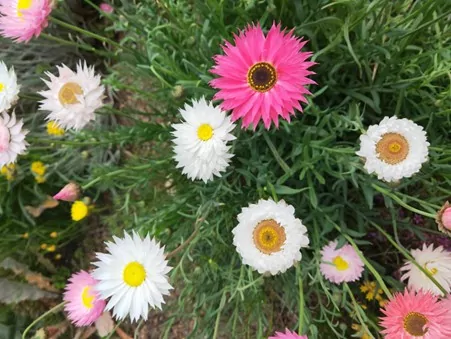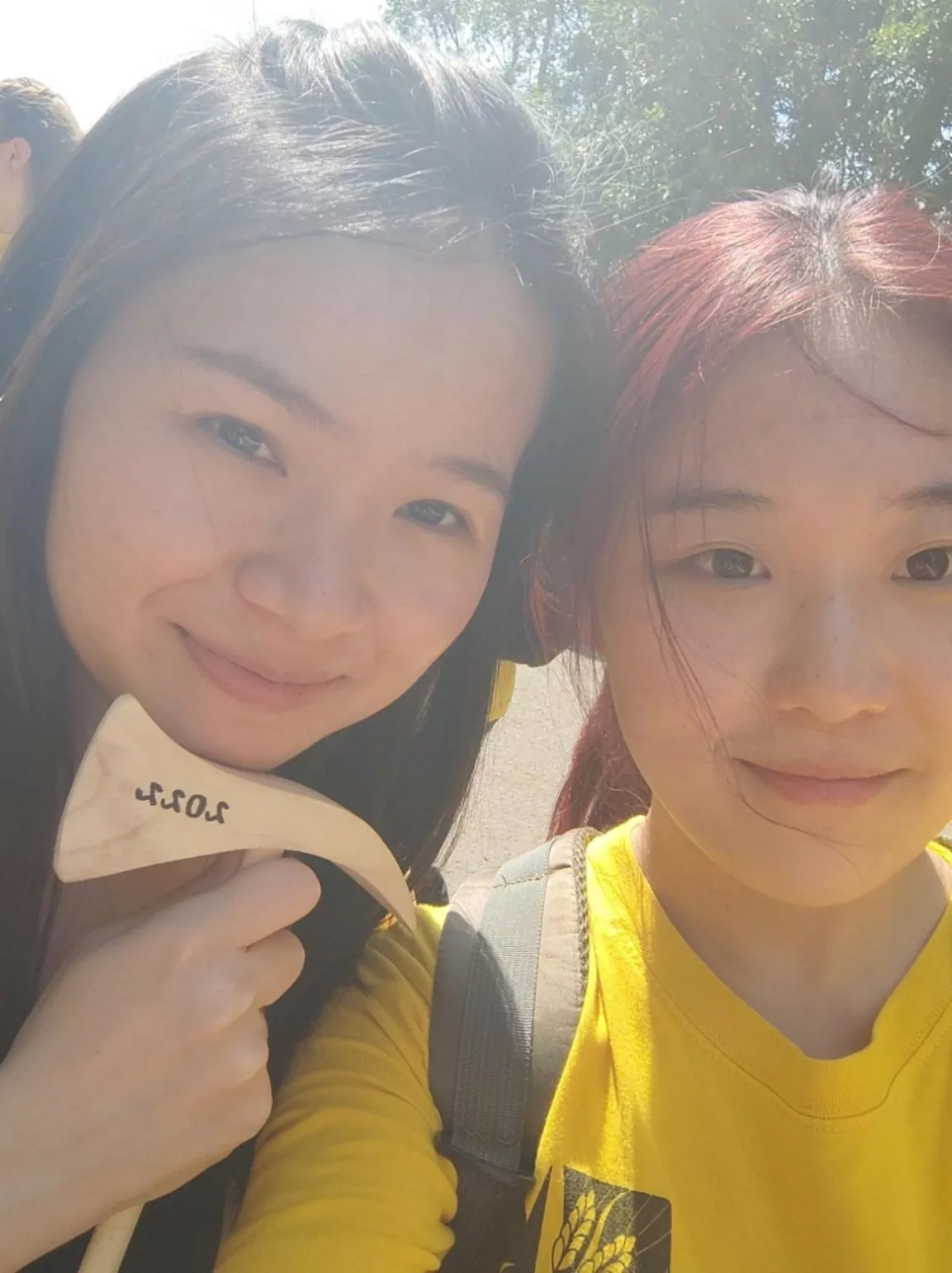Home > Scientists > 2025 > Chu Zhang

Chu Zhang
She/her
Doomsday Farmer
Chu's Notable career moments
-
Fascinated by plants, bugs, and science long before I knew the difference between soil and dirt.
-
Built my first compost pile. It smelled terrible—there was no turning back.
-
Discovered the world beneath the soil: microbes, roots, and the quiet labor of earthworms.
-
Got obsessed with how plants get sick.
-
Started seeing the farm as a living network: plants, people, machines, microbes.
-
Coming from China, the first country in the world to turn deserts into oasis, I began to fantasize about transforming the deserts of Western Australia.
-
Start to study agricultural engineering.
-
Start to study agricultural science.
-
Time is ticking, but the seeds of innovation are already in the ground.
About Chu Zhang
Sustainable agriculture is far more than just “farming.” It’s like directing a complex play: plants are the lead actors, robots are the supporting cast, and climate change is the wildcard—constantly throwing off the script.
In today’s agricultural world, every lettuce grows under 24/7 robot and drone watch, spotting leaf yellowing before it spreads. Meanwhile, earthworms work quietly underground, recycling nutrients and supporting the most vital parts of the ecosystem. Farmers are now teaming up with smart machines that sometimes outpace even human eyes in detecting early signs of trouble.
With years spent managing plant health, I’ve become something of a plant doctor—spotting symptoms like leaf curl, helping soils stay balanced, and working with computer systems that predict when diseases might strike (kind of like how weather forecasts warn us of rain). My tools can send out alerts before spores even show up—though they’re not perfect and sometimes make silly mistakes, like confusing a harmless dewdrop for something dangerous. These moments remind us that teamwork between humans and machines is still a work in progress.
So how did farming get so precise that it feels almost ridiculous? Because climate chaos changed the rules. Now, we’re decoding soil life and turning invisible microbes into active teammates. Using computer simulations, we track nutrient flows, observe how soil microbes team up or compete, and figure out how resources like nitrogen and potassium move around. It’s all part of building a more transparent, organic, and tough farming system.
The real revolution is unfolding underground.
Chu's Photo Gallery
